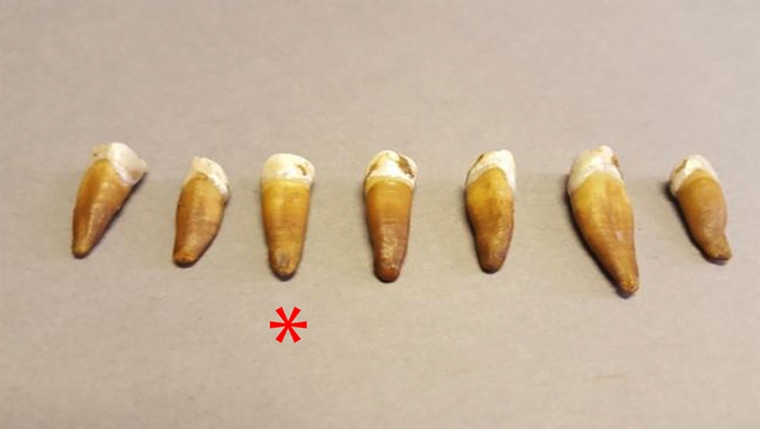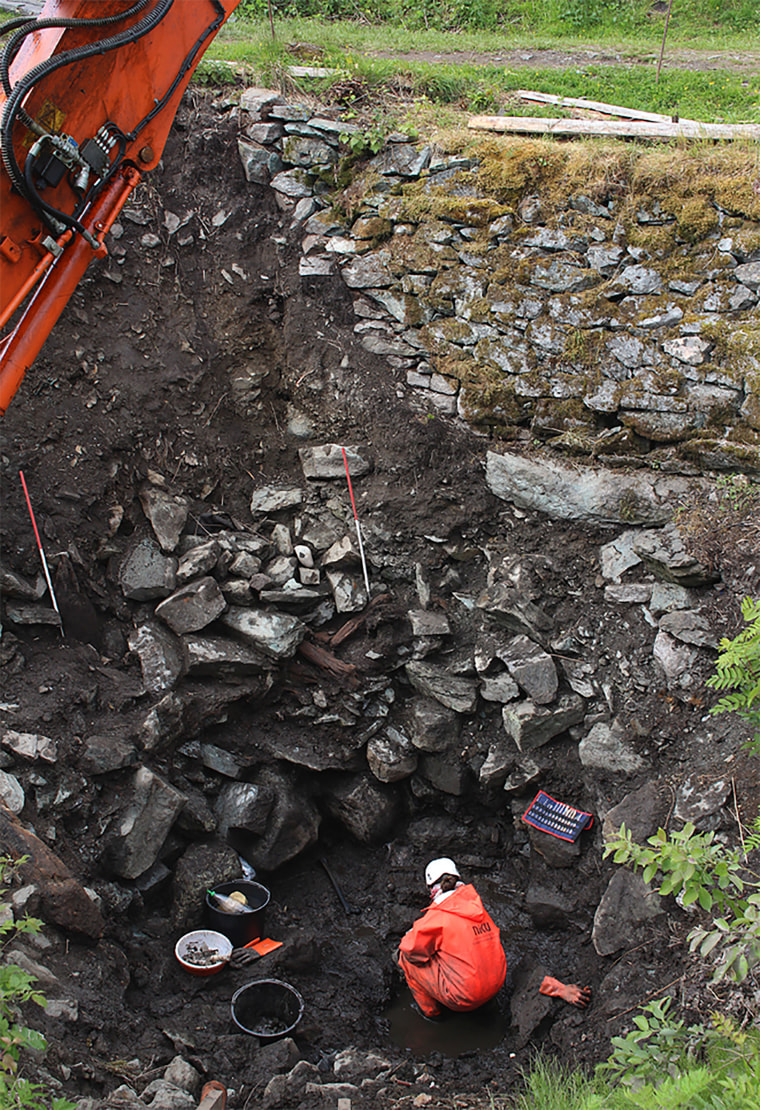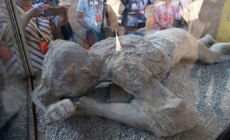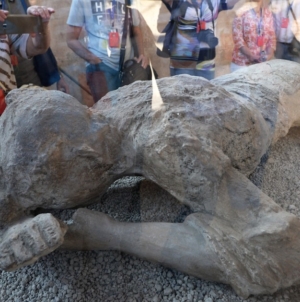-
Entertain with ease: 10 entertaining essentials to simplify your holiday hosting - 10 mins ago
-
Donny Osmond says United States owes its greatness to military veterans ‘period, full stop’ - 11 mins ago
-
Pompeii DNA evidence contradicts long-held assumptions about victims buried in ash - 13 mins ago
-
EU Urged to Address National Minority Rights Alongside Immigrant Protections - 14 mins ago
-
Fed Chair Jerome Powell says he won’t resign if Trump tries to remove him - 18 mins ago
-
Democrats Should Become Liberals | Opinion - 33 mins ago
-
Trust Lamar Jackson or Joe Burrow more tonight? | First Things First - 34 mins ago
-
Donald Trump and the number 47 - 41 mins ago
-
Pastor raided by FBI after wife’s death; Father allegedly poisons daughter in cover-up – TCN Sidebar - 44 mins ago
-
Ferencváros Secure Knockout Stage Spot with 4-0 Victory Over Dynamo Kyiv - 46 mins ago
Skeletal remains in castle belong to Well-man from Norse saga, scientists say
For 800 years he was the stuff of Norse legend.
Now scientists say skeletal remains found in a well at Norway’s Sverresborg castle belong to the mysterious figure mentioned in a medieval saga.
The new findings, using advanced DNA analysis and published in the journal iScience on Friday, connect the identity of the remains to a passage in a centuries-old Norse text, called the Sverris Saga. It’s a compilation of different sources describing the internal political struggle, or civil war, in medieval Norway between 1130—1217.
The saga, named after Norwegian king Sverre Sigurdsson, describes the political conflict between the king and his chief enemy, the Archbishop of Nidaros, Eysteinn Erlendsson.
According to the saga, the body of a dead man — later referred to as “Well-man” — was thrown down a well during a 1197 military attack aimed at poisoning the main water source for locals.
There is little else mentioned in the saga about the Well-man or who he was.
Researchers are often skeptical of the historical accuracy of events described in these tales, Mike Martin, research project lead and professor at the Norwegian University of Science and Technology, told NBC News.
“The sagas are a mix of historical fact, storytelling, political propaganda, and Old Norse religion,” he said in an email Monday.
The Sverris Saga is however considered one of the most reliable historical sources, as it was written down during and immediately after the period of political unrest, said Stefan Brink, from the Department of Anglo-Saxon, Norse and Celtic, at the University of Cambridge in England. He was not involved in the research.
King Sverre of Norway personally provided information to the writer, Icelandic abbot Karl Jónsson, and instructed him on the details of the saga, Brink added. “If one would anticipate to finding historical accuracy in some sagas, Sverris Saga would be the best contender.”
The skeletal remains were first discovered in the castle’s well during restoration work in 1938, though researchers at the time could only conduct a visual examination due the start of World War II.
The remains stayed in the well for another 80 years until the excavation began in 2014, led by Anna Petersén of the Norwegian Institute of Cultural Heritage Research in Oslo.
By 2016, the full skeleton was retrieved from the well at Sverresborg in Trondheim, central Norway.
Recent scientific developments provide a range of advanced methods to analyze skeletal remains in greater detail, such as genetic sequencing and radiocarbon dating.
Human genomes are around 99.6% percent identical, according to the National Institutes of Health (NIH), with genetic variation accounting for just 0.4%.
The team identified the genomic variation by extracting DNA from the Well-man’s teeth mandible, the lower part of the jaw.
“During the Covid-19 pandemic we obtained access to the teeth, which really accelerated the study,” said Martin. It took around 6 years to complete in total.

The genetic research could provide an opportunity to gain a deeper understanding of remains that have been uncovered by previous archeological excavations, experts say.
“The project shows how important science archaeology, and the collaboration between archaeology and history have become in today’s research, which very often comes up with sensational results, as this one,” said Brink.

Advancements in technology also allow skeletal remains to be linked to characters from Norse sagas, blurring the lines between legendary myths and historical facts.
And this is not the first instance of a saga character’s skeletal remains being found.
Elizabeth Rowe, a professor of Scandinavian History at the University of Cambridge in England, highlighted research published in 1995 by Jesse L. Byock making a compelling case for the identification of the remains of Egill Skallagrimsson, a tenth-century Icelandic poet whose story is told in a thirteenth-century saga, the Egils saga.
Source link































